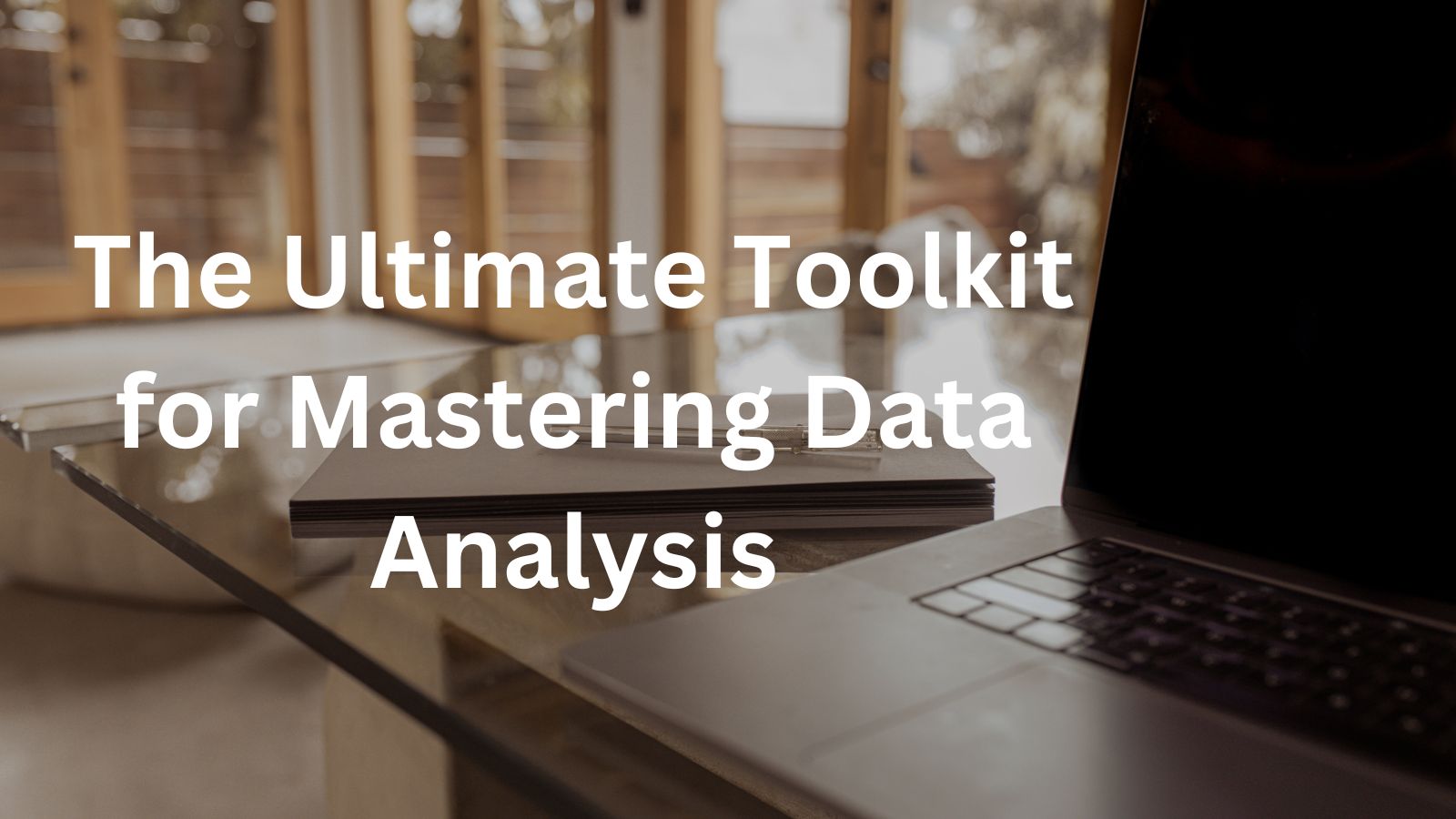
Data analysis is a critical skill in today’s data-driven world. Whether you’re a beginner looking to understand the basics or a seasoned analyst wanting to sharpen your skills, having the right toolkit can make all the difference. In this guide, we’ll explore essential tools, techniques, and best practices that will help you master data analysis effectively.
Understanding the Basics
Before diving into the tools, it’s important to understand the fundamental concepts of data analysis:
- Data Cleaning: The process of identifying and correcting errors, inconsistencies, and missing values in data.
- Data Exploration: The initial investigation of data to discover patterns, anomalies, and relationships.
- Data Visualization: The representation of data in a visual format, such as charts and graphs, to facilitate understanding and interpretation.
- Statistical Analysis: The application of statistical methods to analyze data and draw conclusions.
- Machine Learning: The development of algorithms that enable computers to learn from and make predictions based on data.
Essential Tools for Data Analysis
Python
Why Python? Python’s simplicity and versatility make it a popular choice for data analysis.
Key Libraries:
- NumPy: For numerical computations and array operations.
- Pandas: For data manipulation and analysis.
- Matplotlib: For creating static, animated, and interactive visualizations.
- Seaborn: For statistical data visualization.
- Scikit-learn: For machine learning algorithms.
R
Why R? R is specifically designed for statistical computing and data analysis.
Key Packages:
- dplyr: For data manipulation.
- tidyr: For data tidying.
- ggplot2: For creating elegant data visualizations.
- caret: For machine learning model training and tuning.
SQL
Why SQL? SQL is the standard language for interacting with relational databases.
Key Concepts:
- Data Definition Language (DDL): For creating, modifying, and deleting database objects.
- Data Manipulation Language (DML): For inserting, updating, and deleting data.
- Data Query Language (DQL): For querying and retrieving data.
Microsoft Excel
Why Excel? Excel is a versatile tool for data analysis, especially for smaller datasets.
Key Features:
- PivotTables: For summarizing and analyzing large datasets.
- Formulas and Functions: For performing calculations and data transformations.
- Charts and Graphs: For visualizing data.
Google Data Studio
Why Data Studio? Data Studio is a free tool for creating interactive dashboards and reports.
Key Features:
- Data Sources: Connect to various data sources, including Google Analytics, Google Ads, and BigQuery.
- Data Blending: Combine data from multiple sources into a single report.
- Customization: Customize reports with charts, tables, and text.
- Sharing and Collaboration: Share reports with others and collaborate on data analysis.
Key Techniques for Data Analysis
- Exploratory Data Analysis (EDA): A process of investigating data sets to summarize their main characteristics, often with visual methods.
- Statistical Hypothesis Testing: A formal procedure for testing hypotheses about a population based on sample data.
- Regression Analysis: A statistical method for modeling the relationship between a dependent variable and one or more independent variables.
- Clustering: A technique for grouping similar data points together.
- Classification: A technique for assigning class labels to data points.
- Time Series Analysis: A technique for analyzing data collected over time.
Best Practices for Data Analysis
- Clean and Validate Your Data: Ensure data accuracy and consistency.
- Understand Your Data: Explore data distributions, relationships, and outliers.
- Choose the Right Tools: Select tools that are appropriate for your data and analysis needs.
- Visualize Your Data Effectively: Create clear and informative visualizations.
- Interpret Your Results: Draw meaningful conclusions from your analysis.
- Communicate Your Findings: Present your insights in a clear and concise manner.
In The End
Mastering data analysis is a journey that demands continuous learning and practice. By grasping the fundamental concepts, using the right tools, and applying effective techniques, you can unlock the power of data and make informed decisions. Many aspiring analysts seek out data analytics training institute in Noida, Delhi, Mumbai and other parts of India to enhance their knowledge and skills. Remember, data is the new oil, and data analysis is the key to harnessing its value.








alo789: dang nh?p alo789 – alo789 dang nh?p
https://mexicanpharminter.shop/# mexican pharmacy online store
Mexican Pharm Inter